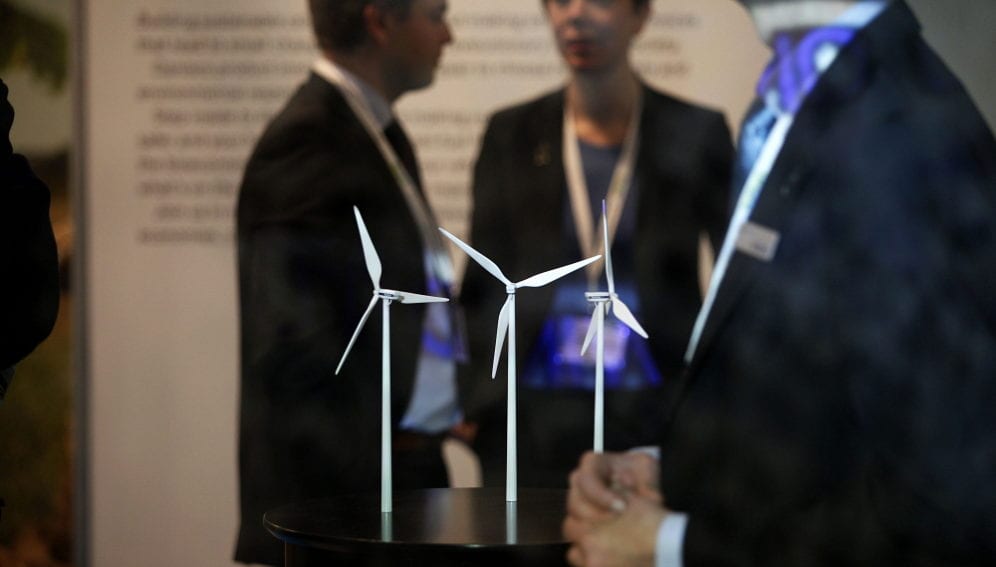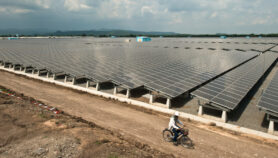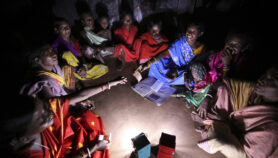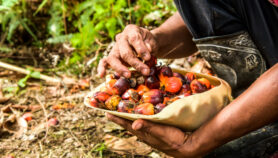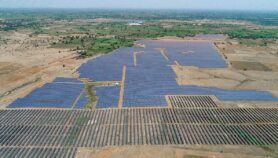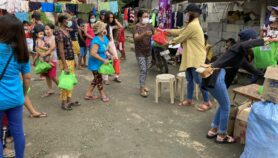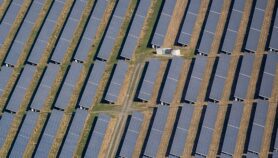By: Anna Valmero
Send to a friend
The details you provide on this page will not be used to send unsolicited email, and will not be sold to a 3rd party. See privacy policy.
[MANILA] A new tool shows how countries can double their renewable energy targets to power off-grid areas while keeping global temperatures within the accepted “safe increase” of 2 degrees Celsius.
The “REmap 2030”, or renewable energy roadmap, is the first in the world that provides countries an analysis of the types of renewable energy resources available to them. It uses data from 26 countries that account for three-quarters of global energy consumption.
The tool’s origin dates back to 2011 when the UN launched the Sustainable Energy for All initiative, with the call to double the share of renewable energy in the global energy mix by 2030. The International Renewable Energy Agency (IRENA) was established as the intergovernmental body to lead the programme, which now includes 130 member states and the European Union.
“Through REmap 2030, IRENA creates renewable energy scenarios to guide governments and energy leaders about the costs and benefits of switching to renewable energy,” says Dolf Gielen, IRENA’s director for technology and innovation and lead author of REmap 2030.
“Governments are increasingly realising that renewables provide a cheaper way to light an off-grid (stand-alone system not connected to main power lines due to remoteness and low population count) area than using diesel or a kerosene-based generator set. REmap 2030 provides a roadmap for them to assess options in adopting the right mix of energy to best support their country’s development,” Gielen tells SciDev.Net on the sidelines of the Asia Clean Energy Forum at the Asian Development Bank headquarters in Manila on 16 June.
In South-East Asia, various sources of renewable energy are available. In the production of geothermal energy for electricity, the Philippines and Indonesia rank second and third, next to the United States.
The region also has the potential to develop solar energy. Asia now accounts for half of all solar installations worldwide.
Gielen notes that over the longer term shifting to renewables will help reduce carbon emissions by up to 15.9 gigatons from the projected 41.4 gigatons of carbon emitted in a business-as-usual scenario.
Kandeh Yumkella, head of the UN’s Sustainable Energy for All initiative, notes that REmap 2030 comes at the right time for Asia which is experiencing an economic boom. Asian entrepreneurs, he says, will play a big role in the realisation of a renewable energy era in Asia.
The renewable energy sector will create a net of one million green jobs by 2030, and the Asian entrepreneur sees himself as a supplier of renewable energy,” the UN official says.
Demand from a better quality of life such as inhaling fresh air, instead of pollution from coal plants, will also be seen from growing middle-income sector in the region, adds Yumkella.
Link to the REmap 2030 roadmap report
This article has been produced by SciDev.Net's South-East Asia & Pacific desk.


